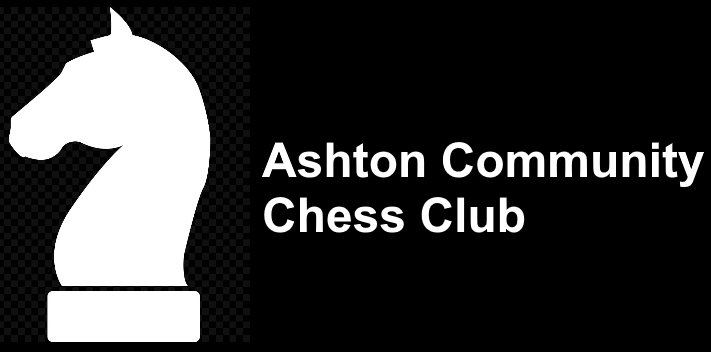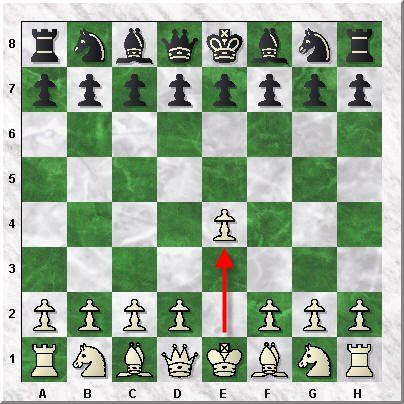CHESS NOTATION
Why should I write down my chess moves?
Replay them! Chess notation enables you to record your games for playback later. That day you played a superb game of chess… wouldn’t you like to be able to play through it later and show your friends?
Learn from them!
Recording the game with chess notation enables you to review your game and analyze how you could make better moves or learn from a lost game. At the club we will be able to quickly give feedback by looking at your recording sheet.
It’s required in competitive play!
Chess competitions require move recording. The most basic reason is proof of the game’s specific position and number of moves in case there is a dispute.
Chess Notation explained
Chess Notation describes each move with the name of he piece and the square to which it is moved.
Each piece has its own abbreviation (except the Pawn) and the abbreviation for the piece must be written in capital letters.
King = K
Queen = Q
Knight = N
Bishop = B
Rook = R
Pawn =
If in the first move you move the Pawn to e4 the notation for this is simply e4
An example of the first 3 opening moves might be:
- e4 e5
- Nf3 Nc6
- Bb5 ...
Other Symbols
Other symbols used within notation are:
| Symbol | Description | Symbol | Description |
|---|---|---|---|
| + | Check | # or ++ | Checkmate |
| 0-0 | Kingside Castling | 0-0-0 | Queenside Castling |
| 1-0 | White won the game | 0-1 | Black won the game |
| 1/2-1/2 | Game Drawn | e.p. | en passant move |
| ! | Good Move | ? | Bad Move |
| +/= | Slight advantage for white | +/- | Advantage for White |
| +- | White decisive advantage | = | Even position or Draw |
| x | Capture | ?? | very bad move |
| !! | Very good move | -/+ | Advantage for Black |
| =/+ | Slight advantage for Black | ||
| -+ | Black decisive advantage |



